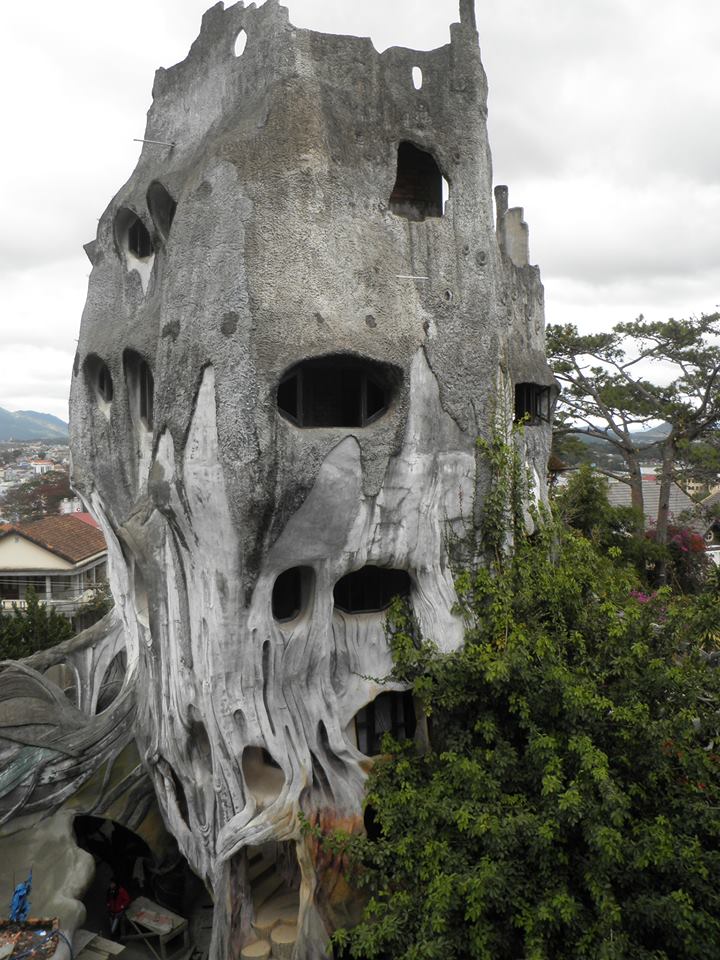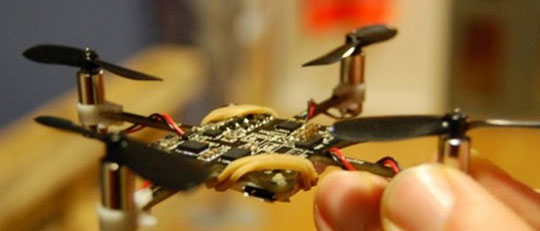


PEEPING TOM
32 rue vandenbranden
The script of physical actions is inspired by the Japanese film A ballad de Naraiama (1983), by Shohei Imamura, the one with tearing images, like that of the son carrying his mother on his back, embraced by the wind, climbing the mountain to put her on the summit until death, as the local tradition says that every septuagenarian must have an equal destiny. In the same village in the late 19th century, parents used to sell babies to survive. These material and spiritual miseries do not bring literals to the stage. Rather, they are essentials that make the show a fabulous visual poem written in and with the body and the scenic space. The song is also celebrated at the height, with moments such as Stravinski’s The Bird of Fire suite, and the song Fline on you crazy diamond, by the band Pink Floyd.

asif khan
Radiant Lines
“People are naturally drawn to light, It’s intuitive. What I want people to feel is a sense of familiarity even though they haven’t seen it before. There’s a sense that it’s pseudo-natural, which I think is why people are drawn to it. It uses crazy technology – there’s a lot of stuff happening – but it doesn’t show it and the result is more humanistic and almost biological.” asif khan

Stine Deja
Cryptic Ruins
It’s the year 21020 and a mysterious archaeological site has been uncovered in what was central London. A large communal structure seemingly dedicated to unproductive expending of energy from human bodies. Whilst we might easily identify it as a gym, our descendants are concerned with why it exists at all. By framing the 21st century compulsion towards physical fitness as a mysterious practice of the past that requires decoding, Deja’s playful film reveals something of the absurdity of contemporary urban life and questions the rationality of our obsessions.

ADAM FERRISS
“Adam Ferriss is one of those technologically-minded creatives who is able to put his ever-growing knowledge of code and processing to use building aesthetically wondrous digital art for the rest of us to enjoy. His images make me feel like I’ve just taken some psychedelics and stepped into one of those crazy houses you get in funfairs, where there are giant optical illusions on every wall and the floor keeps moving under your feet, except these are made using algorithms and coding frameworks […]”

SARAH APPLEBAUM
Applebaum says she’s always been drawn to the world of craft because it felt “more immediate and real” to her. She launched her career with a so-called “crazy crochet phase” that began with her using sewn together thrift-store afghans to create wildly patterned environments — complete with models encased from head to toe in the blankets — and progressed to smaller knitted objects like anchors, cubist quilts, and oversized chain links. While she was certainly interested in symbolism, and in the transition between two dimensions and three, she was mostly following a series of obsessive urges to figure out how to bring her ideas to life, teaching herself to how to knit, weld, and weave rope along the way.


HANG NGA GUESTHOUSE
(crazy house)
dalat, vietnam

BITCRAZE
Crazyflie
The Crazyflie quadcopter was started late 2009 as a competence development project in the Swedish consulting company Epsilon AB in which all three of us where employed. This project was done on our free-time with component cost handled by Epsilon. In 2010 we finally decided to send to a video of the Crazyflie to Hackaday.com and that’s when things really took off. More development was done and we decided to make a Crazyflie kit that could be manufactured and sold as an open source development platform. To finance the development and manufacturing of the kit we created Bitcraze AB. At this point we felt that the project had outgrown the Daedalus Projects and decided to launch Bitcraze.se. The Daedalus projects website still exists to show off and advertise other Epsilon competence development project but the Crazyflie now lives in Bitcraze.Crazyflie is a small quadcopter that stated with a simple idea: get an electronic board to fly. We are three electronic engineer from Sweden and we wanted to make a small flying machine that could fly indoor (Sweden is often cold outside ) and with as few mechanical parts as possible. The result of this idea was a small quadcopter that uses its electronic board as main mechanical frame and with motors glued to the PCB:This fist prototype was as simple as possible while following our initial target to be small with the minimum of mechanical thought. After a couple of month of programming and debugging it actually flew and had some success when Hackaday featured it. This prototype was however a lot more frustrating to fly then it appears: each crash was potentially fatal for one or many motors. That made it quite stressful to fly as it would not allow mistake and we eventually broke all 3 prototypes (the red board is the 2.4GHz radio and was also a weak point).